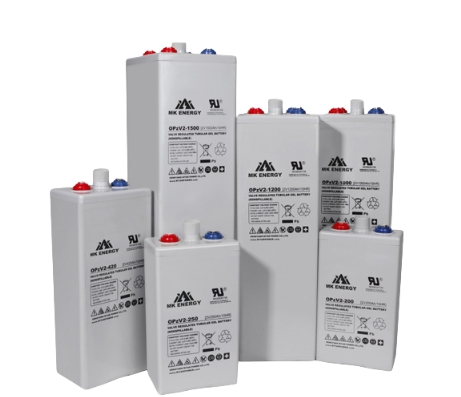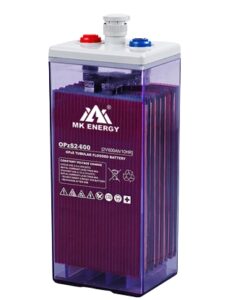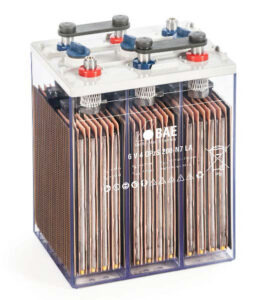Key components and structures of OPzS Series Battery
The Batería de la serie OPzS exemplifies durability, reliability, and longevity among different energy storage solutions. The intricate details of their key components and structural nuances are critical to businesses looking for stable energy storage solutions. This is the core of our article, which explores the Batería de la serie OPzS, analyzes the mysteries of each component, and illuminates the complex structure that underpins their unparalleled performance.
Core components of OPzS series battery
The Batería de la serie OPzS is widely used in various energy storage applications, including backup power systems, renewable energy storage, and telecommunications systems. OPzS batteries typically consist of individual cells connected in series to achieve the required voltage. Each battery contains positive and negative plates immersed in an electrolyte. The battery is then placed in a transparent or translucent container to allow visual inspection of electrolyte levels. A vent cap on each battery releases gases produced during charging. This feature prevents overvoltage from building up inside the battery, ensuring safety and longevity. They all have low self-discharge rates, making them suitable for applications where the battery may be in standby mode for long periods. This feature helps improve reliability in backup power systems.
Learn about the tubular positive plates of the OPzS series battery!
The core innovation of the OPzS Series Battery lies in the positive plate’s tubular structure. Unlike the flat plates in traditional baterías de plomo ácido, the tubular design involves rolling lead oxide into a tube, creating a more robust, resilient structure. The tubular design significantly enhances the durability of OPzS batteries. These tubes provide better mechanical support, reducing the risk of plate detachment and material loss during cycling, which is common in flat-plate batteries. The tubular positive plate helps extend cycle life. The sturdy construction allows the battery to withstand more charge and discharge cycles without significant loss of capacity. This makes baterías OPzS suitable for applications requiring long-term reliability.
Negative plate: the essential counterpart of the OPzS series battery
The negative plate in the Batería de la serie OPzS is an essential counterpart to the tubular positive plate and is a core component of lead-acid chemistry. Usually composed of sponge lead. This porous structure increases surface area, promoting electrochemical reactions with sulfuric acid during charge and discharge cycles. Like the positive plate, the negative plate may contain a lead-antimony alloy. This alloy increases the mechanical strength of the plates and contributes to the overall stability of the battery. A negative plate immersed in a sulfuric acid electrolyte undergoes a chemical reaction during the discharge cycle. Lead sulfate is formed on the negative plate as part of the electrochemical process. The lead-antimony alloy in the negative plate contributes to the balanced design of the OPzS battery. This balanced composition ensures the entire battery system’s optimal performance, stability, and reliability.
The role of the diaphragm
The separator in Baterías de la serie OPzS plays a vital role in maintaining electrochemical harmony between the positive and negative plates. By preventing physical contact between the positive and negative plates, the separator helps avoid internal shorts that could compromise the battery’s integrity. Internal short circuits can cause performance degradation, overheating, and safety hazards. The separator also helps maintain the balance of the electrolyte solution between the positive and negative plates. This balance is critical for optimal electrochemical reaction and ensures uniform performance across the entire surface area of the plate. The separator contributes to temperature regulation within the battery by managing ion transport and preventing localized overheating.
Structural originality
The OPzS battery frame is constructed from a rugged outer shell, providing solid support and protection for internal components. The frame adopts a modular structure, and the individual parts are easy to assemble and disassemble. The frame structure is also made of high-quality, corrosion-resistant materials. This choice ensures the frame’s longevity, even in environments exposed to corrosive elements. The frame’s ventilated design promotes airflow and dissipates the heat generated during battery operation. The structured form of the frame securely holds and arranges the individual cells. This arrangement prevents shifting or movement during operation, maintaining consistent contact between components and optimizing electrical performance.
At the end
From the tubular positive plates to the sponge lead negative plates, separators, and precisely formulated electrolytes, every aspect of the OPzS Series battery is engineered for durability, efficiency, and longevity. Their ingenious architecture further enhances the reliability of the OPzS series of batteries, making them ideal for various applications.



